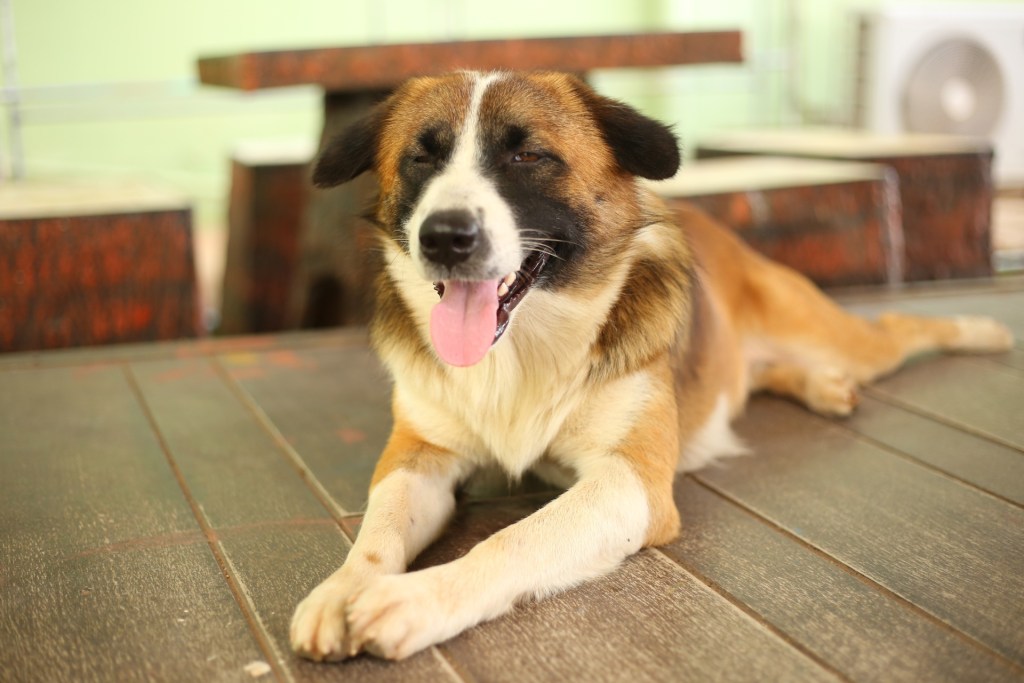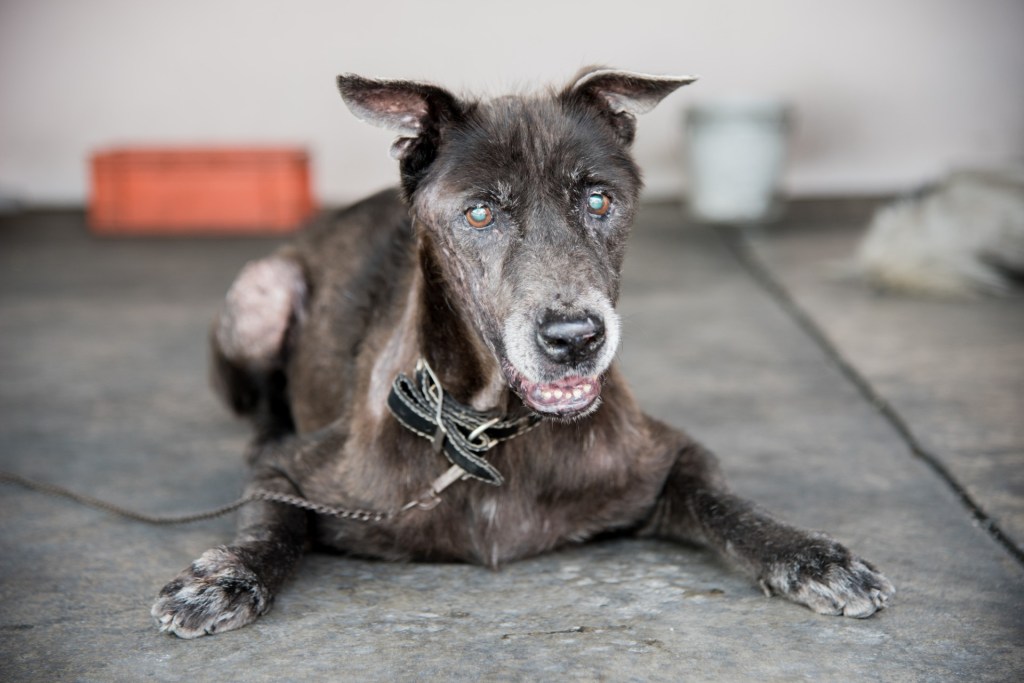Just like human beings, when dogs go blind they usually adjust quickly to their immediate surroundings. But this is only one adjustment your pet will have to make. Their exercise routine will change. Potty routines will change. Training and play times will be altered. They will have many challenges as they learn to navigate the world without their vision. But with your help and care, your blind dog can feel safe and comfortable while enjoying a full life.
Owners of blind dogs also need to adapt their lifestyle to accommodate their pet’s disability. Verbal cues now become more important than ever. Having frequent conversations with your dog will help them feel secure since they already trust your voice. Also, making sure you remove any obstacles for them is extremely important.
We will outline some easy methods to help train your blind dog as well as provide tips on how to improve your pet’s environment.

New behaviors training
Try to keep things in the same place and routines as normal as possible. It is important to exercise your blind dog just like you would a seeing dog. This will keep your pet healthy while maintaining the bond you two share. As you venture out on walks, watch for and remove any obstacles that may cause your dog to stumble.
You may find it useful to start using a harness rather than a leash. It is advisable to purchase a front or back clip harness so you have more control over your dog; it also will help you guide your pet around obstacles. Be aware that your blind dog may nip more easily now if they are startled. Try to keep them away from strange dogs or people — especially children. If your dog does nip, it’s important to reassure them and let them know they are safe.
Training your dog to respond to verbal cues is critical now. These will help your dog maintain existing skills and learn new ones. Consistency is the key! Offering treats is also effective when training a blind dog. Try including verbal cues like “step” or “curb” to help your furry friend learn when to go up or down. For rides in the car, teaching your pet the word “corner” will help them know to brace before you make a turn.
You may want to mix in a few physical cues, as well. For example, touching your dog’s rump and applying downward pressure can signal “sit.” Your pet will likely use the sense of touch to learn to navigate your home so developing that skill is beneficial.
Don’t overwhelm your dog with learning new commands and cues all at once. That will result in a stressed-out pet. Keep the training sessions short — 10 minutes at the max. Make the training sessions fun for your dog and give them lots of praise and their favorite treat. You may want to consult with a dog trainer to see what commands will ultimately make your pet’s life easier.
Improving your dog’s environment

Part of helping your blind dog feel comfortable in their environment means keeping them safe. First, keep your dog indoors most of the time. Leaving them in an outdoor kennel or tied up outside makes them vulnerable to rain, extreme temperatures, and even predators. Your dog feels much more vulnerable now so leaving them outside isn’t fair.
Use baby gates to block off steps and stairways. This will prevent falls, tripping, or other serious accidents. When you bring your blind dog down or up the stairs, hold on to their collar and talk to them to reassure them.
Leaving your furniture in place is really important in protecting your four-legged friend. As they memorize their environment, changing or moving furniture will confuse them and make it harder to navigate your home.
Always keep food and water dishes in the same spot. And if you’re leaving the house, put food and water on each level of your home. Your dog’s sense of smell is amazing, so try adding a little canned food to regular dry food to attract your dog to their food bowl.
Lastly, before taking your pet out in the backyard, remove obstacles such as fallen branches, toys, or other impediments that could make them hurt themselves. Another suggestion is to hang a wind chime near your backdoor to help your dog locate the door.
Editors' Recommendations
- How long do dachshunds live? The truth might surprise you
- The Best Dry Dog Food of 2023 for a Balanced Diet
- How to stop a dog from peeing in their crate for good in 5 easy-to-follow steps
- 7 affectionate and cute dog breeds for owners who love to cuddle
- Why does my dog have a bald patch on their tail? Here are the answers you need



